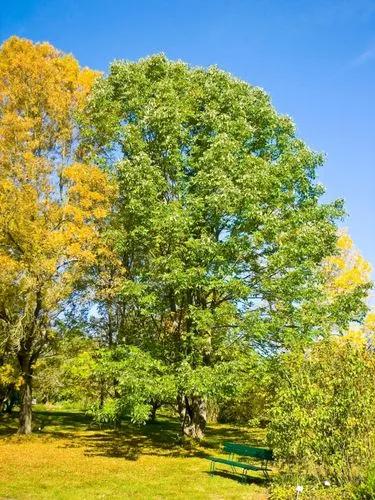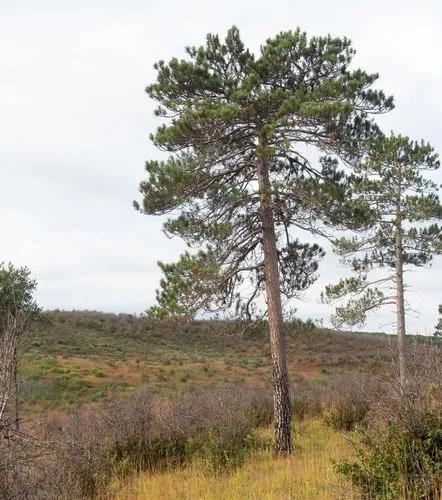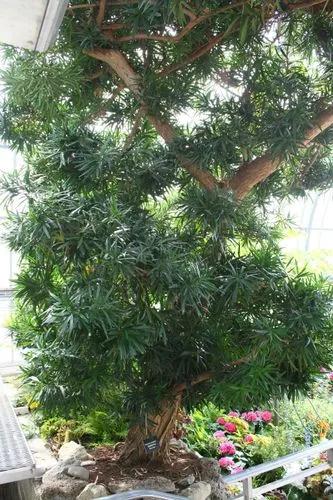Quercus muehlenbergii, the chinkapin or chinquapin oak, is a deciduous species of tree in the white oak group (Quercus sect. Quercus). The species was often called Quercus acuminata in older literature. Quercus muehlenbergii (often misspelled as muhlenbergii) is native to eastern and central North America. It ranges from Vermont to Minnesota, south to the Florida panhandle, and west to New Mexico in the United States. In Canada it is only found in southern Ontario, and in Mexico it ranges from Coahuila south to Hidalgo
Chinquapin Oak Care
Quercus Muehlenbergii



Quercus muehlenbergii, commonly called Chinkapin (or Chinquapin) oak, is a medium sized deciduous oak of the white oak group that typically grows 40-60’ (less frequently to 80’) tall with an open globular crown. It is native to central and eastern North America where it is typically found on dry upland sites often in rocky, alkaline soils. Insignificant monoecious yellowish-green flowers in separate male and female catkins appear in spring as the leaves emerge. Fruits are small oval acorns (to 3/4” long), with scaly cups that extend to approximately 1/2 the acorn length. Acorns are valued food for a variety of wildlife. Narrow, oblong-lanceolate, shiny green leaves (4-7” long) have coarse marginal teeth. Leaves somewhat resemble the leaves of chestnut (Castanea) whose nut is sometimes called a chinquapin, hence the common name of this oak whose acorn is sweet and edible. Also sometimes commonly called yellow chestnut oak. Fall color is variable, but usually undistinguished shades of yellow and brown.
How to Care for the Plant

Popularity

372 people already have this plant 23 people have added this plant to their wishlists
Discover more plants with the list below
Popular articles






